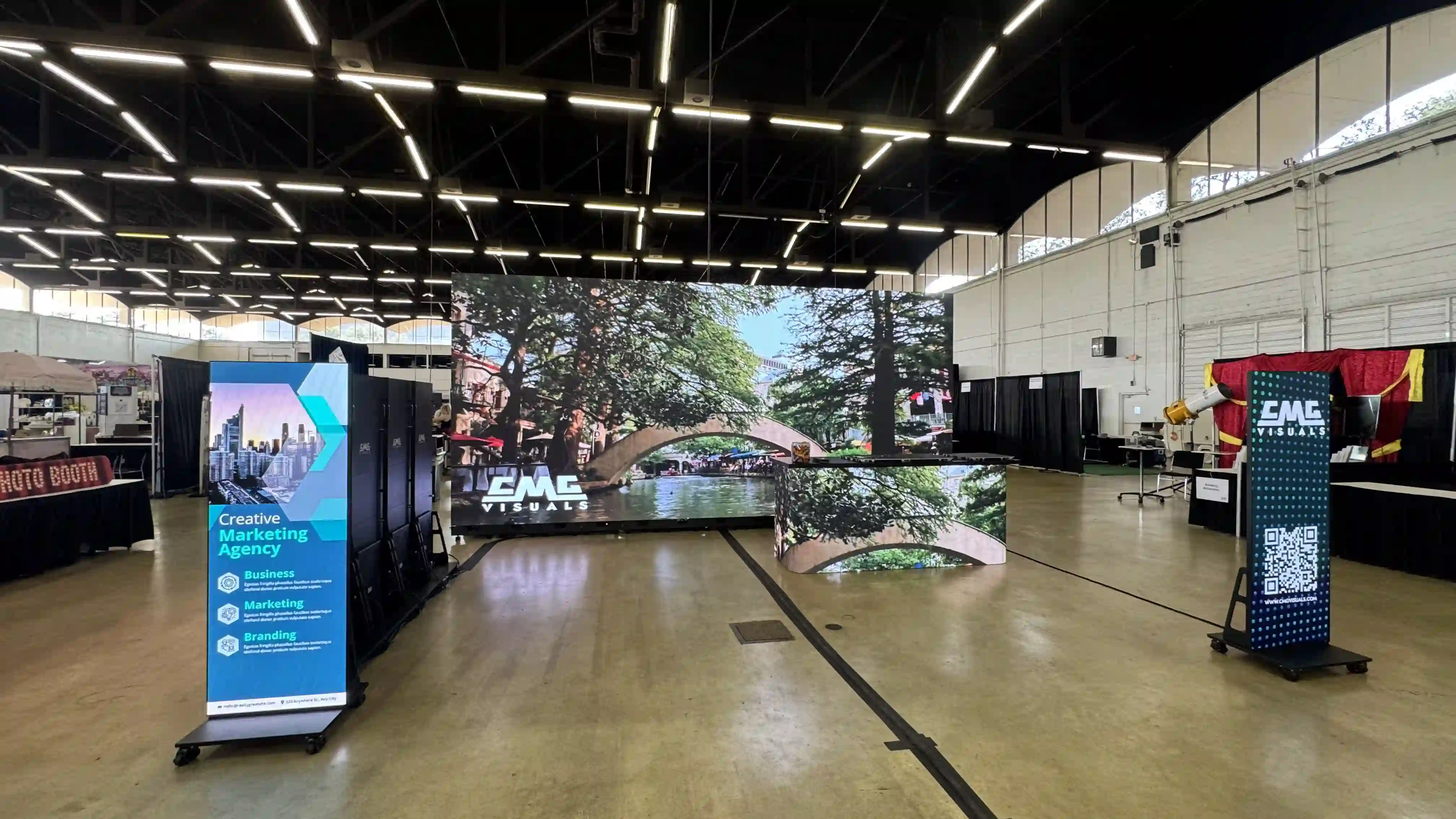What is an LED Video Wall?
Introduction
In recent years, advancements in direct-view LED technology has significantly improved the viewing and sharing of visuals as well as decreased the cost for end users. Today, large LED screens are everywhere. They are used in live events, conferences, businesses, and public spaces.
People prefer using an LED screen, because they show bright, clear images and capture attention quickly. In this blog, we will explain what LED video walls are, how they work, the types of direct-view LED technology, benefits, and common uses. We will also guide you in choosing the right one.
Definition of LED Video Wall
An LED video wall is a giant screen created by linking many LED panels together. These panels then join together to act like one large display. That can cover large spaces where normal TVs will not work. LED means “Light Emitting Diode.” These diodes produce sharp and bright images. The panels fit side by side without gaps. This creates a smooth look. LED walls are great for both indoor events and outdoor advertising.
How Do LED Video Walls Bring Visuals to Life?
An LED video wall displays images and videos using tiny light-emitting diodes (LEDs). Each diode shines brightly to represent one pixel, like on a TV or display monitor. When joined, they create entire images with vibrant colors. The panels themselves are connected to a controller that sends signals to display the content. With software, users choose and control what appears on screen. The final effect is a seamless, giant picture.
Types of LED Video Walls
There are different types of LED video screens. Each type is designed for a specific purpose.
- Indoor LED Video Walls
- These walls are used inside buildings. These screens are suitable for shops, halls, and hotels. Indoor screens can offer high resolution, providing very fine details. A small pixel pitch ensures images remain sharp for viewers standing nearby. Additionally, small pixel pitch is defined as P2.5 or smaller; however, in most applications today, P1.9 is the new minimum small pixel pitch.
- Outdoor LED Video Walls
- Outdoor walls are made for open spaces. They are generally waterproof, heat-resistant, and dust-resistant. Outdoor LED screens have to be bright enough that people can see them clearly even in direct sunlight. You will find outdoor LED video walls in stadiums and concert venues, along the highway, and on billboards.
- Transparent LED Screens
- These are modern displays with a see-through design. They are often used in shop windows. Customers can view the product behind the glass. Additionally, these screens lets viewers see clear visuals from he inside. Transparent LED screens capture the attention of potential customers and keep people engaged.
- Flexible LED Screens
- Curved and flexible screens give designs a new edge. They work well in exhibitions, theme parks, and art shows. By being able to bend, these screens make displays look futuristic and unique.
Benefits of LED Video Walls
LED video walls have many advantages that end users have come to appreciate.
- They show sharp and clear images. You can see visuals from a distance. They are not affected by sunlight like projectors. Glare can be non-existent due to the matte finish.
- LED walls can be made small or extremely large. They are very flexible and can be shaped for any display application.
- LED screens can last for a very long time with proper maintenance and care. Most pixels are rated for lasting 100k hours. Additionally, the easy serviceability of displays means maintenance power supplies, modules, and other parts are hot swappable.
- New LED technology consumes less energy than older screens. This saves money over time and can lower up front installation costs.
- LED panels can be flat, curved, or even 3D. This creates unique visual effects. Unlike traditional TVs, LED displays can be fit into unique spaces to create interesting effects.
- Unlike TVs, LED panels have minimal borders. The visuals are smooth and clear. They work well for events, stages, and ads.
Common Uses of LED Video Walls
LED video walls are used in many places today. Companies use them for marketing and promotion. Event organizers display them at concerts and trade shows. Airports and train stations use them for schedules.
Offices use LED screens for presentations and meeting rooms. Retail stores can use screens to display products and attract customers inside. LED walls are now a key tool for communication and engagement across many different industries.
Key Steps to Find the Right LED Video Wall
Begin by choosing indoor or outdoor use. Indoor walls need sharp images. Outdoor walls must handle sunlight and rain. Choosing the right type ensures better results.
Second, check the pixel pitch. A smaller pixel pitch gives better image quality but may cost more. For close-range viewing, fine pixel pitch is best. For distant viewers, choose a larger pixel pitch.
Next, plan the screen’s size and shape. Flat, curved, or custom designs are possible.
Then, consider installation and what content will be displayed.
At the end, set a realistic budget. LED video walls may seem pricey, but they last a long time and purchasing from the right vendor prevents any cost overruns. Additionally, renting works well for short events. Thinking long-term ensures a smooth setup and a successful event experience.
Latest Trends in LED Video Walls
LED video wall technology is experiencing rapid advancement. One trend is the use of Chip-on-Board (COB) modules. COB technology offers high brightness, durability and lowered energy costs. Another area for rapid advancement is curved LED walls. These walls let designers craft unique and imaginative stages for concerts and events.
Transparent LED walls are also becoming popular in retail. Interactive LED screens with touch functions are being used in exhibitions and museums.
Conclusion
An LED video wall is not just a big screen. They are used for various applications across multiple industries. Picking the right display depends on your budget, space, and purpose. A good setup can improve events, businesses, or public areas. As technology advances, LED video walls will become increasingly useful in both daily life and professional settings.
FAQs
Do LED video walls perform better than projectors?
Yes, LED walls are brighter and clearer. They work well even in bright light.
What is the cost range for LED video walls?
The price depends on the size, type, and resolution. It can start from a few thousand and go higher.
What is the lifespan of an LED video wall?
LED video walls typically last 10 years or more with proper care.
What makes LED video walls so effective for advertising?
Clear images, high contrast, and vibrant colors make them stand out. They are suitable for indoor and outdoor use.
Can LED video walls be curved or flexible?
Yes! Some LED walls can be curved. They are used for artistic displays and setups.

